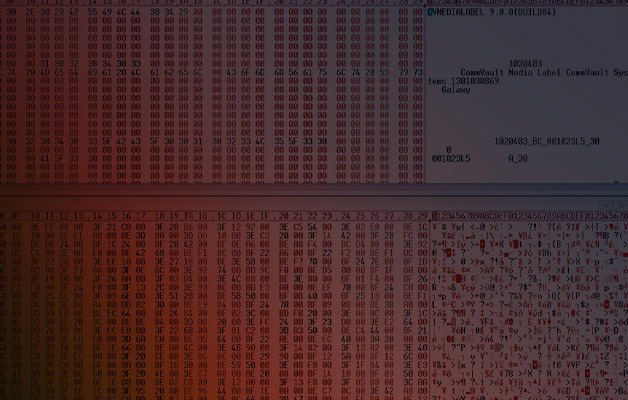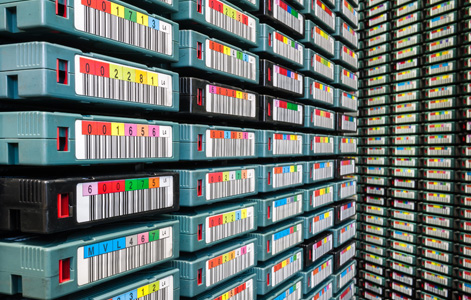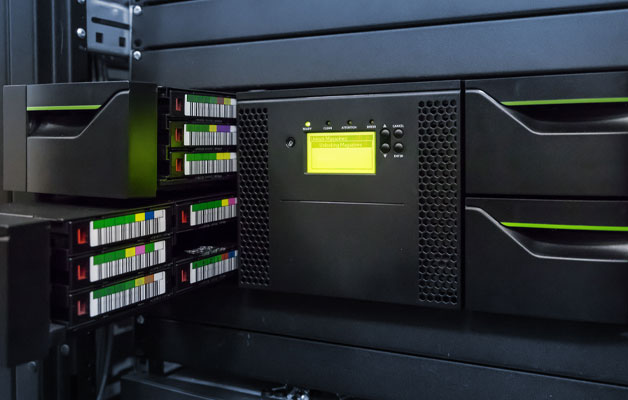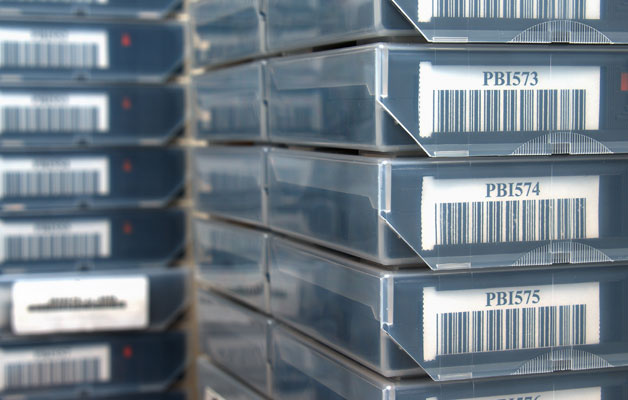A Little History on Open Reel 9 & 21 Track Tape Media
Open reel 9 and 21 track tapes represent the start of commercially available data storage media and became available to general consumers in the late 1950’s (for 7 track tapes) and the late 1960’s (for 9 track tapes).
Since their release, tens of millions of the tapes have been used to store critical data for a variety of industries, and arguably the largest user of the media was the oil and gas industry. Large seismic surveys worth millions of dollars were often recorded to 9 track tapes and today, these geophysical legacy tapes are still the largest remaining open reel archives left in the world.
Stiction Reversal Treatment
Over time, the 9 track tape data capacity, length, and recording density, have all increased. In the early 1980’s, in an effort to increase the capacity of data that could be held on a single reel, many manufacturers made the tapes thinner so that more tape could be wrapped onto a single spool. The change in the manufacturing process and delicate balance of chemicals in an effort to the tapes thinner, resulted in an unexpected and potentially disastrous effect.
This effect is now well known in the oil and gas industry as Stiction (Sticky-Friction). This delicate condition caused the oxide on the tape to become sticky and delicate and if not handled correctly, would result in permanent data loss.
Tape Ark have developed proven procedures that allow even the stickiest of tapes to be read with maximum data recovery achieved.
Back to main Oil & Gas data management services page.
NB: Some services not currently available in all geographical locations – please Contact Us for availability.









